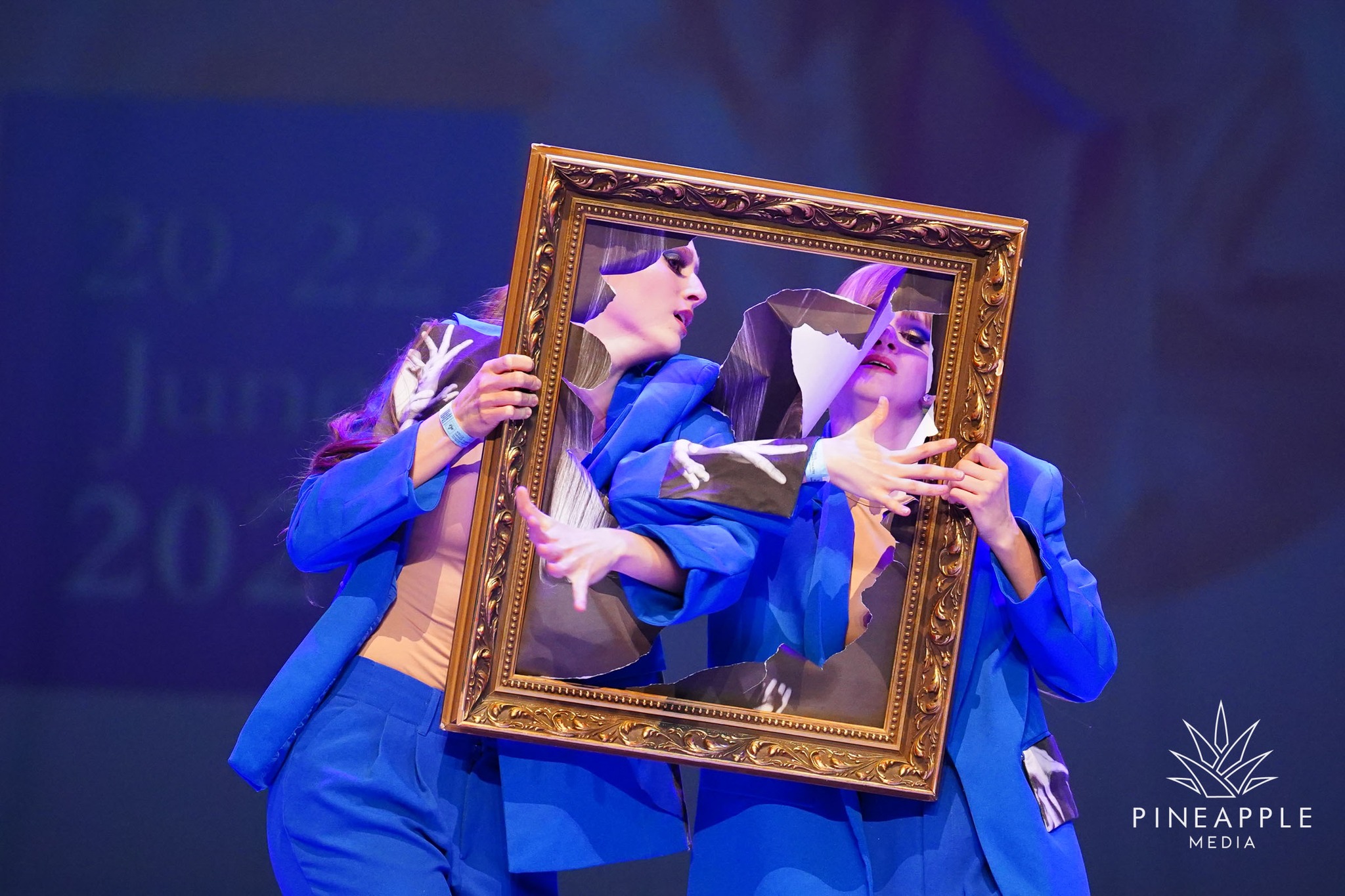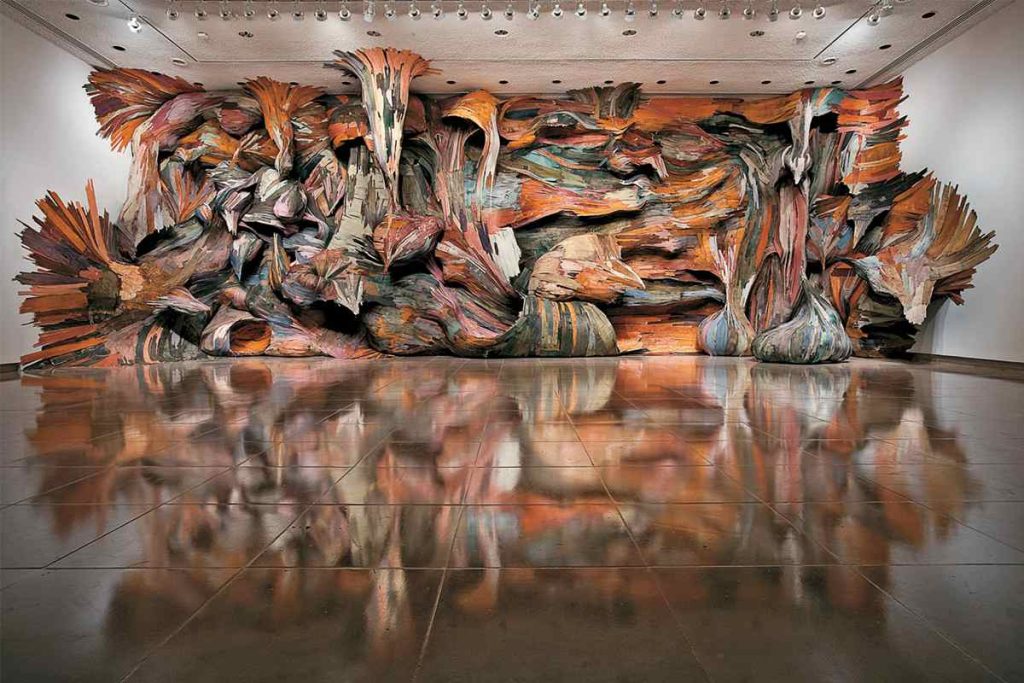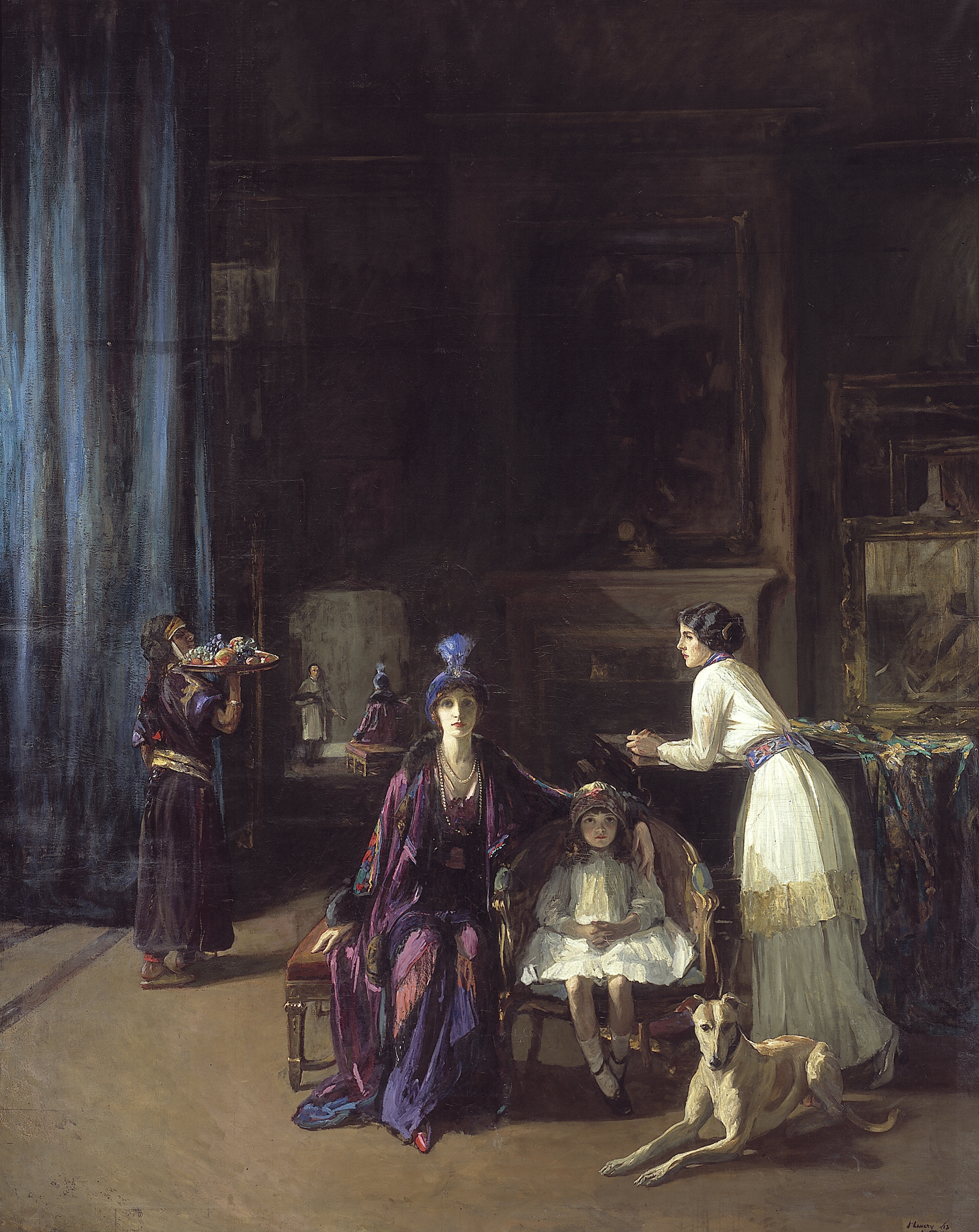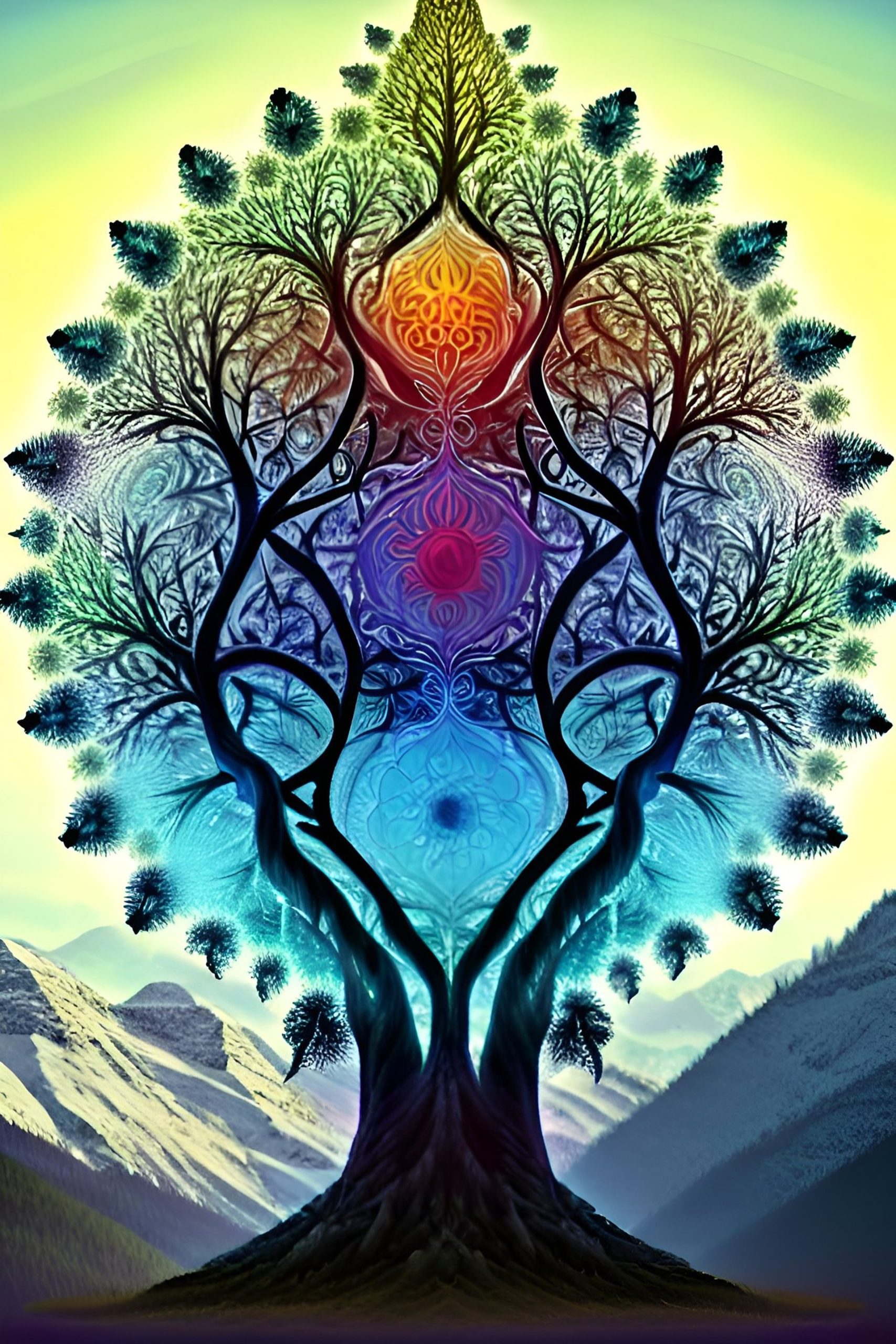Exploring Different Forms of Artistic Expression: From Painting to Performance Art

The Role of Art in Human Connection
Art serves as a universal language, able to bridge the gaps between different cultures, histories, and personal experiences. It allows individuals to express complex emotions and ideas in ways that words alone cannot. Throughout history, art has played a critical role in societal development, often reflecting and shaping the cultural zeitgeist of its time. Whether it be through paintings, sculptures, or digital formats, each artistic expression invites viewers to engage with the world around them and connect with others on a deeper level.
The landscape of artistic expression is vast and varied, showcasing creativity that evolves with society’s changing values and technological advancements. To truly appreciate the breadth and depth of art, it is essential to understand the different forms it can take:
- Painting: This age-old medium, exemplified by figures like Vincent van Gogh and Georgia O’Keeffe, employs color, line, and texture to evoke emotions and tell stories. In the United States, artists such as Kehinde Wiley reimagine classical portraiture to challenge societal norms, providing a multicultural perspective.
- Sculpture: From the grandiosity of Michelangelo’s David to contemporary works like those of Jeff Koons, sculpture engages viewers physically and emotionally. The three-dimensional aspect invites interaction, urging audiences to move around the artwork, closely examining it from various angles.
- Photography: This medium has revolutionized how we document and perceive reality. Iconic photographers like Ansel Adams captured the awe of nature, while contemporary artists such as Cindy Sherman use photography to explore identity and representation. Each photograph can encapsulate a moment, forcing viewers to confront the world as it is or as it could be.
- Performance Art: With artists like Marina Abramović pushing boundaries, performance art challenges conventional notions of what art can be. These live events often invite audience participation and engage with pressing social or political concerns, fostering a dialogue around critical issues.
- Digital Art: As technology becomes more integral to our lives, digital art has emerged as a groundbreaking medium. Artists utilize software and digital tools to create immersive experiences, as seen in the works of creators like Casey Reas and VJs at electronic music festivals, who merge art and technology to captivate audiences.
In the United States, diverse artistic movements often reflect the complex social dynamics of the nation. Artists from various backgrounds are redefining traditional themes, making art more accessible and inclusive. For instance, street art has grown into a significant form of expression that speaks to urban culture, with artists like Banksy and Shepard Fairey communicating powerful societal messages through their work.
By engaging with these different artistic mediums, we broaden our understanding of the world and foster a deeper appreciation for the diverse perspectives within it. As we explore these fascinating forms of creativity, we not only gain insight into the techniques employed by artists but also into the broader impact that art has on society and culture as a whole. Join us on this enlightening journey through the ever-evolving landscape of artistic expression, where creativity knows no bounds and inspiration is limitless.
DISCOVER MORE: Click here to learn how art can change lives

Diving into the World of Painting
One of the most accessible and widely recognized forms of artistic expression is painting. This medium has captured the hearts of many, allowing artists to meticulously craft their visions onto canvas. Paintings can range from the realism of the Dutch Masters to the abstract explorations of the Twentieth Century. Notably, renowned American artist Mark Rothko is celebrated for his color field paintings, which convey deep emotional resonance through bold swathes of color. Rothko’s work exemplifies how painting can transmit feelings and provoke introspection.
In addition to traditional oil and acrylic techniques, the realm of painting has expanded to include innovative methods such as watercolor and mixed media. Artists like Yayoi Kusama, with her vibrant polka dots and installations, have redefined what painting can be. Such explorations invite audiences to engage with art in multisensory ways, oftentimes blurring the lines between two-dimensional works and immersive experiences.
The Art of Sculpture
Following painting, sculpture stands out as another compelling form of artistic expression. This three-dimensional art form invites viewers to not only observe but also interact with the artwork. Iconic sculptures, like Rodin’s The Thinker and David by Michelangelo, have become timeless representations of human thought and emotion. In more contemporary contexts, artists like Olafur Eliasson push the boundaries of sculpture by incorporating elements such as light and atmospheric phenomena, transforming galleries into immersive environments.
Among the vast array of sculptural styles, one can find works created from diverse materials including clay, metal, and even recycled objects. The process of sculpting often challenges artists to consider not just the aesthetic qualities of their work but also the conceptual message they wish to convey, particularly in response to contemporary issues like environmental sustainability. This ability to blend form with function makes sculpture a profound means of artistic expression.
Photography: A Lens into Reality
As we transition to photography, this medium has fundamentally altered our perception of art and reality. From the striking landscapes framed by Ansel Adams to the intricate staged scenes by Cindy Sherman, photography serves as a powerful tool for storytelling. It captures fleeting moments, ultimately allowing viewers to experience the world through the artist’s perspective. In the digital age, photography has further evolved, enabling amateur photographers to express their creativity through platforms like Instagram, where visual storytelling thrives.
Documentary photography has emerged as a significant genre, giving voice to marginalized communities and shedding light on social injustices. Photographers like Gordon Parks have used their lens to create visual narratives that challenge societal norms and instigate change. Each photograph not only represents a moment frozen in time but also offers insights into cultural and political contexts, enriching our understanding of the human experience.
Performance Art: Engaging the Audience
In the realm of performance art, artists push the boundaries that separate art from life. Works by pioneers such as Marina Abramović have highlighted the visceral connection between artist and audience, often incorporating elements of endurance, vulnerability, and social commentary. Abramaović’s iconic piece, “The Artist Is Present,” exemplified this concept, inviting viewers to engage in silent interaction, thereby transforming the act of observing into a shared experience.
Performance art not only reflects the personal political statements of the artist but also encourages viewers to reflect upon their own roles within societal frameworks. The art form challenges participants to confront their beliefs and emotions, often leading to transformative experiences that resonate far beyond the gallery walls.
Exploring Different Forms of Artistic Expression: From Painting to Performance Art
Art has always been a profound means of communication and creativity, capturing the essence of human experience. In the journey to appreciate its diverse forms, we delve into how painting, sculpture, and performance art allow artists to express the complex emotions and thoughts of our time. Each medium offers unique advantages that resonate differently with audiences, making the exploration of these artistic expressions an enriching endeavor.
Painting, often regarded as a traditional form of artistic expression, serves as a powerful platform for storytelling. Its ability to evoke emotions through color and brushwork allows viewers to connect deeply with the artist’s intent. Contemporary artists push boundaries by experimenting with multimedia, thus creating immersive experiences that engage not just the eyes, but also provoke thought.
On the other hand, sculpture introduces a tangible interaction between audience and art. Made from various materials such as clay, metal, and stone, sculptures invite viewers to experience art in three dimensions. The physicality of sculpture alters viewer perception and interaction, allowing for a dialogue that is both personal and communal.
Performance art, a more modern approach to artistic expression, collapses the boundaries between the artist and the audience. It embodies the concept of time and space, emphasizing the presence of the artist in a live context. This dynamic form engages spectators in real-time, creating a unique atmosphere where emotions and messages are communicated directly. By challenging societal norms and probing the human experience, performance art captivates and leaves a lasting impression on its audience.
| Art Form | Advantages |
|---|---|
| Painting | Evokes emotions through color; offers a personal interpretation of the world. |
| Sculpture | Tangible interaction; alters perception through 3D form. |
| Performance Art | Engages audience in real-time; challenges norms and provokes thought. |
The exploration of these diverse artistic forms not only enhances our understanding of art but also enriches our cultural landscape. As we engage with different mediums, we find that they reflect the complexities and nuances of our shared human experience, inviting us to think critically about the world around us.
DIVE DEEPER: Click here to discover more
The Impact of Digital Art
As technology continues to evolve, digital art has emerged as a dominant form of expression in the contemporary art world. Characterized by its use of digital tools and platforms, this medium encompasses a wide array of practices, including digital painting, 3D modeling, and animation. Artists like Beeple, whose work “Everydays: The First 5000 Days” sold for a staggering $69 million, highlight how digital art can achieve unprecedented recognition and valuation. Such milestones signify that digital art is not only here to stay but is also reshaping the paradigms of art itself.
The democratization of art through digital means allows anyone with a smartphone or computer to engage in creative expression. Platforms like DeviantArt and Behance provide virtual galleries for artists to showcase their work, connect with audiences, and collaborate with other creatives across the globe. Furthermore, the rise of NFTs (Non-Fungible Tokens) has revolutionized how digital art is bought, sold, and owned, combining art with the burgeoning field of cryptocurrency. This intersection of technology and creativity invites discussions on originality and copyright in the digital age.
Street Art: The Voice of the Voiceless
Street art has gained traction as an influential form of artistic expression, transforming urban landscapes into canvases for social and political commentary. Notable artists like Banksy use this public platform to challenge societal norms and provoke thought, often addressing issues such as consumerism, war, and inequality. Banksy’s works, characterized by their satirical and provocative imagery, invite viewers to question reality while engaging with art outside traditional confines.
Unlike gallery-based art, street art is often ephemeral, existing in a state of flux as it interacts with its environment. In cities like Los Angeles and New York, scenes rich in vibrant murals and graffiti reflect local culture and histories, forging a connection between the community and the artist. The transient nature of street art not only provides a voice to often marginalized populations but also prompts discussions around legitimacy and vandalism in artistic discourse.
Mixed Media: Blending Techniques for Impact
Mixed media art is an evocative form that combines various artistic mediums, merging painting, collage, and even found objects into cohesive masterpieces. Artists like Robert Rauschenberg exemplified the power of mixed media by integrating everyday items into his works, which challenged the very notions of what art could be. Rauschenberg’s ability to combine elements from diverse contexts echoes the contemporary push toward hybridity in artistic expression.
Through mixed media, artists can convey complex narratives and engage on multiple sensory levels. For instance, the incorporation of textures, soundscapes, and interactive elements invites audiences to participate actively in the artistic experience. Contemporary artists, such as Nick Cave, whose “Soundsuits” incorporate fabric, sound, and movement, demonstrate the versatility of mixed media. This form pushes artistic boundaries, inviting viewers to experience art in innovative ways that foster deeper emotional connections.
Installation Art: Creating Immersive Experiences
Lastly, installation art represents a comprehensive fusion of various artistic forms, designed to alter the viewer’s perception of space. Artists like Christo and Jeanne-Claude, known for their large-scale installations that often involve wrapping or transforming landmarks, raise questions about the relationship between art and environment. Their work creates a dialogue about public spaces while inviting audiences to reexamine familiar surroundings.
Installation art can be thought-provoking, narrative-driven, or purely conceptual, often tailored to evoke specific emotional responses. Artists like Yayoi Kusama extend the boundaries of installation art through immersive experiences that allow participants to engage with the artwork in dynamic ways, blurring the lines between observer and participant. This shift signals a growing trend in the art world, where the act of experiencing art becomes as important as the artwork itself.
DIVE DEEPER: Click here to learn more about music therapy
Conclusion: The Evolution of Artistic Expression
As we have explored the myriad forms of artistic expression from traditional painting to dynamic performance art, it becomes evident that each medium serves as a unique vessel for communication and creativity. The impact of digital art signifies not just technological advancement but a cultural shift that democratizes art, making it accessible to a broader audience. This transformation encourages dialogue about ownership and authenticity in the realm of creativity, particularly with the rise of NFTs.
Meanwhile, street art has emerged as a vital voice in the modern artistic landscape, challenging conventions and illuminating societal issues. Artists like Banksy remind us that art can flourish outside galleries, making profound statements in public spaces and connecting communities. The mixed media approach further blurs the boundaries, allowing for multisensory experiences that engage viewers on deeper emotional and intellectual levels. Artists such as Nick Cave showcase the power of combining various elements to create impactful narratives.
Finally, installation art shifts our perceptions of space and encourages interactive participation, moving art from an observer-centric experience to one that invites active engagement. As the lines between consumer and creator dissolve, it is crucial to recognize the significance of all these varied forms of expression. Each artistic endeavor—whether born from a digital canvas, urban wall, or immersive environment—invites us to explore new reflections of ourselves and society.
In conclusion, the journey through diverse artistic expressions not only broadens our understanding of art but also challenges us to appreciate the richness of human creativity. As we continue to witness these evolving forms, we are encouraged to explore, participate, and redefine what art means in our ever-changing world.


